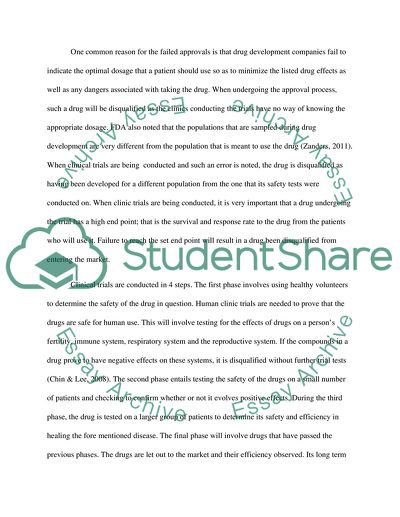Cite this document
(“Drug Development and Toxicology Essay Example | Topics and Well Written Essays - 1000 words”, n.d.)
Retrieved from https://studentshare.org/health-sciences-medicine/1640746-drug-development-and-toxicology
Retrieved from https://studentshare.org/health-sciences-medicine/1640746-drug-development-and-toxicology
(Drug Development and Toxicology Essay Example | Topics and Well Written Essays - 1000 Words)
https://studentshare.org/health-sciences-medicine/1640746-drug-development-and-toxicology.
https://studentshare.org/health-sciences-medicine/1640746-drug-development-and-toxicology.
“Drug Development and Toxicology Essay Example | Topics and Well Written Essays - 1000 Words”, n.d. https://studentshare.org/health-sciences-medicine/1640746-drug-development-and-toxicology.


